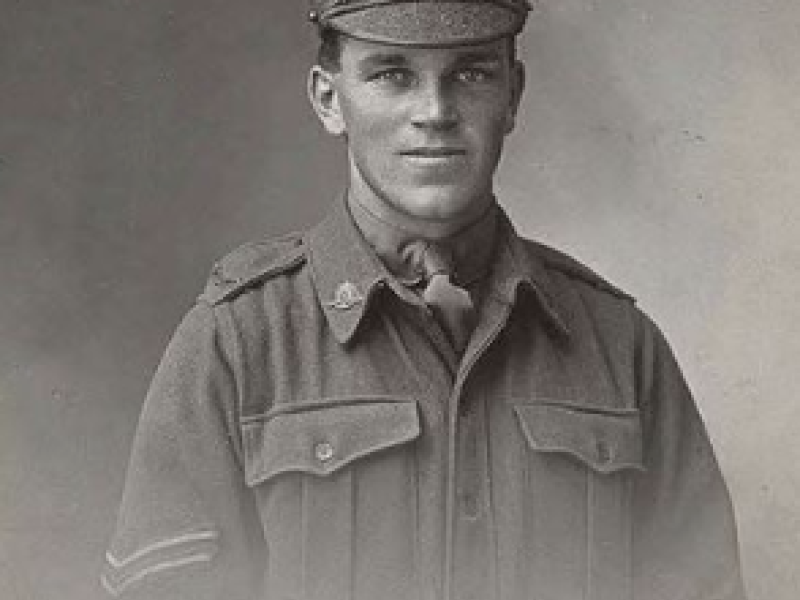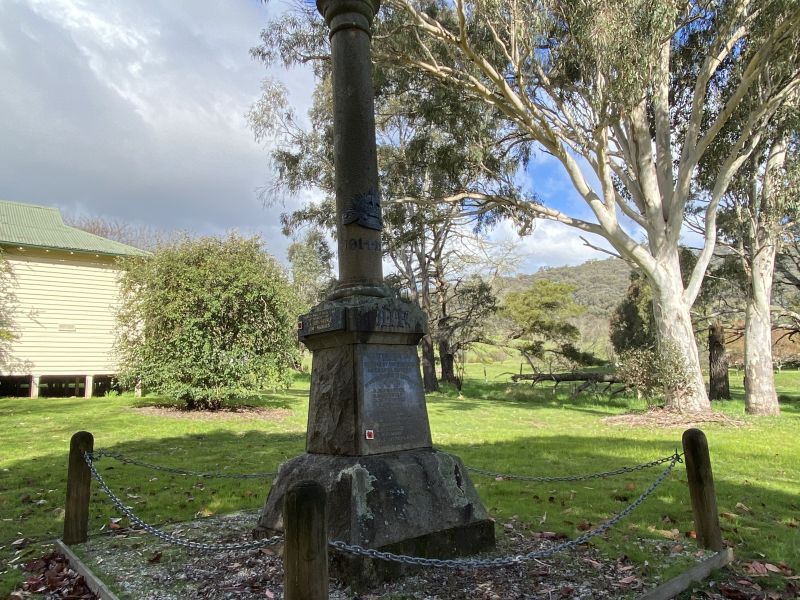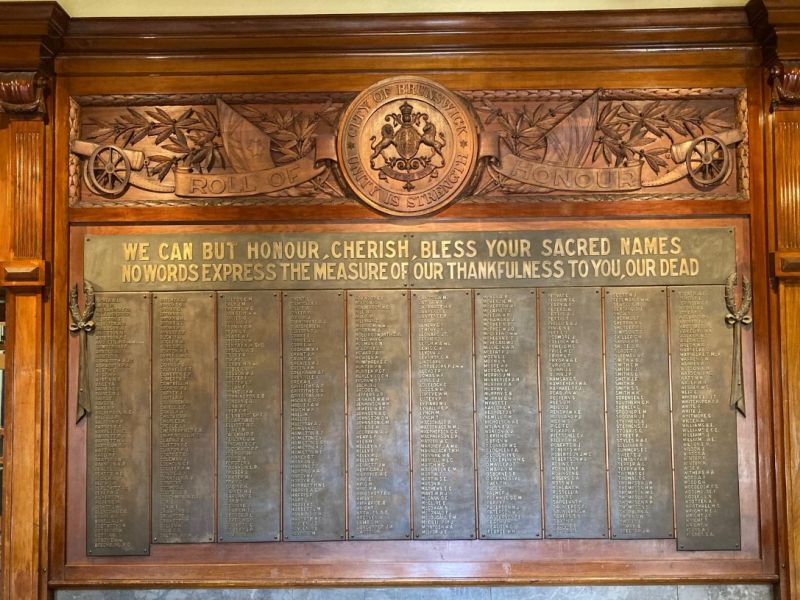Henry Charles Skiller
Henry was born in 1895 at Granya in Victoria. He was the ninth of ten children for James and Eleanor Lucy (née Jenkins) Skinner. He was named after a brother, Charles Henry, who died at the age of fourteen in 1894. During his younger years, Henry attended school at Brunswick State School. His father passed away in 1913. In 1915, while working as a carpenter in Brunswick, he enlisted in 1st AIF at Melbourne. As he was still under the age of consent, his mother wrote a letter to give him permsission to enlist and serve his country overseas.
Henry was allocated the Regimental Number 4188 and placed in the 10th reinforcements for the 23rd Battalion. His initial trainingwas undertaken at Broadmeadows on the outskirts of Melbourne. On the 7th of March his unit embarked on HMAT A18 Wiltshire and proceeded overseas to England.
After further training with the 6th Training Battalion in England, the 10th Reinforcements for the 23rd Battalion embarked on a steamer at Folkestone on the 25th of July. After a further two weeks he finally was taken on strength with the 23rd Battalion, 6th Brigade of the 2nd Australia Division as they came out of the line after taking part in the attack on Pozieres.
In early November the battalion was back in the line, supporting the 31st Battalion at Luisenhof Farm, north of Flers. Between the 4th and the 7th of November the battalion was heavily shelled and lost ten killed and forty wounded. Henry was taken off the line suffering from shell shock. Although he remained in France in a Convalsecent Hospital, it would be five months before he rejoined his battalion in the field on the 19th of April, 1917.
Henry came back to the battalion as they were training and preparing for the second battle of Bullecourt. After the failure of the first attempt to take the village on the 11th of April, the new attack plan was heavily rehearsed. The 23rd Battalion succeeded in taking all of its objectives, and holding them until relieved. Unfortunately, after heavy counter-attacks by the Germans, the first day of the battle was the battalion’s single most costly of the war with 39 dead and 239 wounded. Amongst the dead was Private Henry Charles Skiller.
Private S Richardson was with Henry when he was killed. His statement in Henry’s Red Cross file states;
“Skiller - named Charley - was in my Pltn. B VIII. I was a bomb thrower, the day we had the big advance against the Hindenburg Line at Bullecourt in May, and Skiller was bomb carrier for me. Our final objective was about 2000 yards, and we had gone about 500 yards when Skiller was hit. He seemed to be hit in the head and fell right across me. I stopped a second to turn him over but he seemed to be dead. He was a quiet reserved lad, dark hair looked about 23. I do not know if he was buried or not.”
Henry has no known grave. He is remembered at the Australian War Memorial Roll of Honour, the Villers-Bretonneux Memorial (Australian National Memorial), the the Granya War Memorial, and the City of Brunswick Honour Roll. For his service he was awarded the British War Medal and the Victory Medal.

 Stephen Learmonth
Stephen Learmonth
